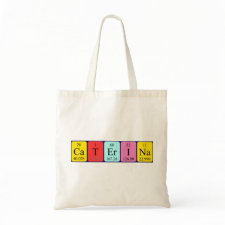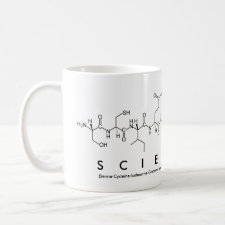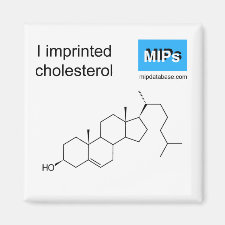
Authors: Silvestri D, Cristallini C, Borrelli C, Barbani N, Giusti P, Ciardelli G
Article Title: Composite membranes modified with recognition-able nanobeads as potential adsorbers for purification of biological fluids.
Publication date: 2007
Journal: Journal of Applied Biomaterials & Biomechanics
Volume: 5
Issue: (3)
Page numbers: 166-175.
Alternative URL: http://www.jabb.biz/public/JABB/Article/Articleabstract.aspx?UidArticle=3DC59A55-574A-43CA-AEE9-52EB358D2B7E&t=JABB
Abstract: Therapeutic approaches in the clinical field require advanced properties for delivery or recognition of clinical species. The molecular imprinting method allows selective cavities to be inserted into a polymeric material built "around" a stamp molecule (template) through polymerization or phase inversion. This study focuses on the application of both methods in the realization of polymeric membranes with selective recognition and adsorption properties. Imprinted polymethacrylic acid (PMAA) particles, exhibiting specific binding sites for cholesterol molecule (template), were realized via precipitation polymerization in the shape of nanobeads and loaded in the bulk or on the surface of methylmethacrylate-acrylic acid P(MMA-co-AA) membranes obtained by the non-solvent induced phase separation (NIPS) technique. In this way, specific cavities were introduced into the membrane network to enhance and specialize up-take performances of the porous membranes taking advantage of the particle characteristics. Rebinding performances towards cholesterol in a physiological environment were tested showing very interesting results: the adsorption of cholesterol molecules from physiological solution was increased by using composite membrane-nanobead systems instead of control membranes (a quantitative increase of 14 mg of cholesterol per g of polymer matrix in respect of blank membrane was detected). The results obtained showed an improved performance of composite membranes, but also an unmodified behavior of loaded nanobeads (with respect to free ones) concerning the recognition capability in aqueous medium, which is the most difficult obstacle to overcome in molecular imprinting. The absolute rebinding capacity and the imprinting efficiency of membranes were in the range (and in some case higher) of other efficient systems, but the real improvement was that molecularly imprinted membranes showed an excellent recognition capacity in physiological medium instead of organic solvents
Template and target information: cholesterol
Author keywords: selective membranes, molecular imprinting, nanobeads, cholesterol



Join the Society for Molecular Imprinting

New items RSS feed
Sign-up for e-mail updates:
Choose between receiving an occasional newsletter or more frequent e-mail alerts.
Click here to go to the sign-up page.
Is your name elemental or peptidic? Enter your name and find out by clicking either of the buttons below!
Other products you may like:
 MIPdatabase
MIPdatabase









